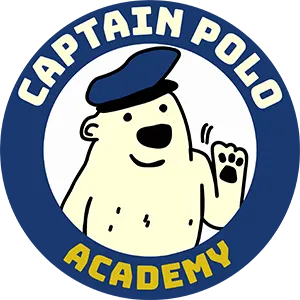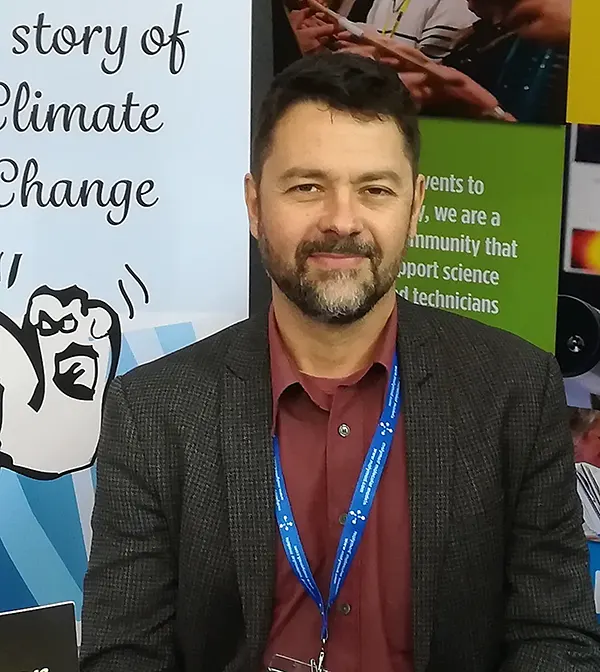captain polo climate academy
School ProjectsThe online course’s Module 1 consists of three lessons introducing climate change science, its causes and effects, and solutions. Each lesson contains a short video animation featuring Captain Polo and his friend Penguin, along with a downloadable activity booklet and online quiz. Currently available only in Spanish.
Captain Polo’s Food Project: main strengths and outcomes
This project is co-designed with schools offering an experiential, multidisciplinary tool to complement their climate and sustainability curriculum. Through food, students (ages 8+) work in teams to discover one of the most important avenues for climate action accessible to individuals. The presence of Captain Polo makes it all more fun.
The participating school strengthens its educational offer with a new resource that:
- Fortifies critical thinking and research skills in students;
- Focuses on several of the SDGs;
- Supports staff capacity to teach about sustainability and climate change;
- Is replicable and highly relevant to 21st century education needs;
- Demonstrates the school community’s commitment to sustainability.

Interested in knowing more?
If you think your school might be a good fit for this project feel free to reach out and book a call. Remember, the project is co-designed: the idea is for it to fit each and every school’s particular needs and circumstances.
HOW IT WORKS

STEP 1. Students first attend an introductory presentation on climate change and its relationship to food systems around the world. The presentation is interactive and includes time for energizers, questions and discussion, as well as a fun quiz at the end. This first activity culminates with the announcement of the event that will be planned for a later date: Captain Polo’s Climate-friendly Food Fair.
STEP 2 – Workshop #1: Using provided worksheets, students practice scoring a number of sustainability and health criteria for three well-known recipes offered as examples. The workshop culminates in a homework assignment in preparation for the next phase: forming small teams, the students are asked to choose a recipe of their own. They are encouraged to champion an original recipe that has special family or cultural meaning for them or one of their team members.

STEP 3 – Applied research. With the help of participating teachers, students conduct primary and secondary research on each ingredient of their chosen recipe, using the criteria they practiced in Workshop 1 and with the materials provided. Primary research entails examining supermarket labels and/or questioning market vendors. Secondary research would mostly entail consulting the internet (interactive carbon footprint calculators, data banks, articles, blogs etc). At this time the teams also purchase or otherwise obtain the ingredients for their recipe.


STEP 4 – Workshop #2: Back in the classroom, students apply the same process they worked on in Workshop #1 to this time score the ingredients of their own recipes. Depending on the outcome of their analysis and as homework in preparation for the next activity, each team has the option of changing one or more ingredients of their recipe.

STEP 5 – Cooking practice! Each team practices preparing their recipe, either at one of their member’s homes, or preferably at school as an arts and crafts or cooking class activity. This step also serves as practice for the final event.
FINAL EVENT – Captain Polo’s Climate-friendly Food Fair.
At this festive event attended by the school community (staff and students’ families), the teams compete in a manner similar to the popular ‘Master Chef’ TV show. The teams are qualified on their critical thinking and understanding of the relationships between food systems, nutrition, sustainability and climate action. Judges also qualify the gastronomic qualities and presentation of each dish. Trophies (e.g. branded chopping boards) are awarded to the teams who come in first, second and third place.
Scaling it up
The project may easily be taken to scale by incorporating a training element and licensing the materials for independent use. The project currently exists in English and Spanish. Within any given locality the project may be implemented at just a single school or involve several. Likewise, the project may be implemented in a single country or, with some logistical adjustments, internationally.
By joining forces with existing, relevant networks such as the Social Gastronomy Movement the project may gain additional reach and could include the involvement of celebrity chefs, other key influencers and sponsors.
The project can easily include publishing a commercially available cook book compiling the best contributions from student teams taking part. Depending on how many recipes are submitted, there is scope for several volumes, which could be published by geographic region as a way of celebrating cultural and culinary diversity.







